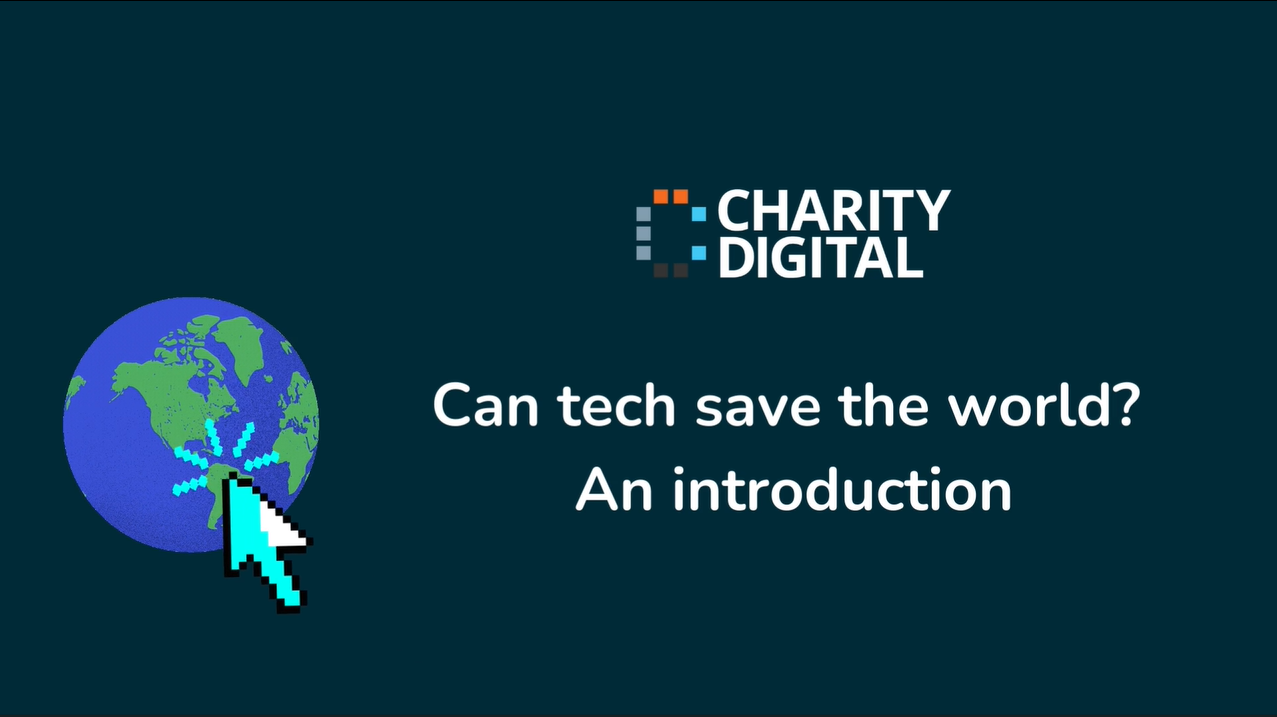Insights
INSIGHTS
All Topics
A simple guide to financial sustainability
13 Jun 2023by Laura Stanley
We explore the financial challenges that charities are facing in 2023 and find solutions to help them improve stewardship and satisfy donor demands
Economic uncertainty often hits the charity sector the hardest, as financial concerns lead to higher demand for their services, while at the same time threatening their ability to raise much-needed funds. The so-called “cost-of-giving" crisis has led many charities to worry about sustaining reliable streams of income while their donors navigate their own financial uneasiness.
Indeed, according to a recent report from finance experts Sage Intacct, programme disruptions and increased demand for services were among the main external frustrations for charity financial professionals, alongside a decrease in funding.
The report, 4 Steps to Greater Non-profit Stewardship with Digital Finance Transformation, revealed the need for charities to become more strategic in how they secure funds and crucially, how they report them to donors who want to see the “real impact” of the work they are supporting.
The good news is that the charity sector is notoriously resilient. Having navigated the difficulties of the pandemic, charities are showing signs of recovering from the cost-of-living crisis more rapidly than first hoped, according to the Charity Excellence Framework.
However, the framework also pointed out that the sector entered the cost-of-living crisis in a less resilient place than they did during the pandemic, and that while there are sure signs of recovery, many charities will find their reserves depleted and their economic position weakened.
Financial stewardship is just as important in recovering from economic crises as it is when responding to one. Below, we explore some key ways charities can build back stronger and protect their finances for the future.
How to protect your charity’s finances
Simplify your chart of accounts
According to the report, “The first step in transforming finance is adopting an easier, more flexible chart of accounts”. This improves visibility, making it far easier for charity finance professionals to spot patterns, identify risks, and see impact.
Being able to see impact is particularly important, since it allows charities to communicate that more quickly to employees and donors, using relevant and up-to-date statistics to bring their mission and goals to life.
The report suggests charities use techniques to make your data more flexible visually, such as using hashtags. Hashtags are used on social media in order to find content along a similar theme easily . Hashtags works precisely the same in accounting, bringing together relevant information in one place, as and when you’re looking for it.
Bring your data together
Understanding your financial data is vital for helping charities understand their progress as an organisation, but alone, it is only half of the picture. The report suggests that financial data is better understood alongside statistical data specific to your organisation, such as number of event bookings, donors, and more.
The report lists what counts as financial data (income statement, balance sheet, budget-to-actuals) and what is thought of as statistical data (headcount, services delivered, hours billed). Working together, these can form your outcome metrics that help form your goals and define your impact to donors.
The report refers to one charity who were able to tell their story to long-term funders in a way that was backed up with data, allowing them to show the results of their strategy and advocate for it among their supporters.
Automate what can be automated
Whether in an economic downturn or experiencing a boom, one thing charities are always short on is time. While automation is all over the news in terms of Artificial Intelligence, there are ways that charities can make use of technology now to free up their time, become more flexible and increasingly efficient.
With the newfound flexibility that investing in digital provides, charities can not only focus more time on their mission, but also be confident that they are looking after their funds – never more important than when the world’s economic situation remains precarious.
Download the full guide to digital financial stewardship
Click below to discover more about how charities can monitor their finances and improve their financial stewardship with digital technology
Laura Stanley
More on this topic
Recommended Products
Related Videos
21 Jan 2025by Charity Digital
Building strong data foundations before AISponsored Article
15 Jan 2025by Laura Stanley
How to revisit your charity’s story in 2025Sponsored Article
Our Events
Charity Digital Academy
Our courses aim, in just three hours, to enhance soft skills and hard skills, boost your knowledge of finance and artificial intelligence, and supercharge your digital capabilities. Check out some of the incredible options by clicking here.


















